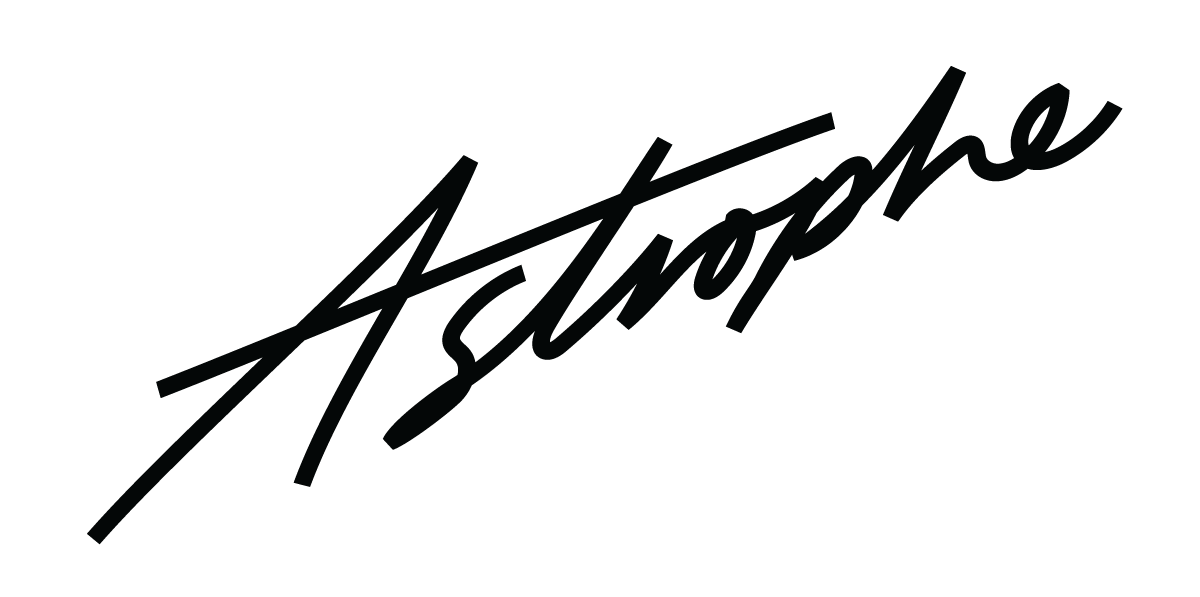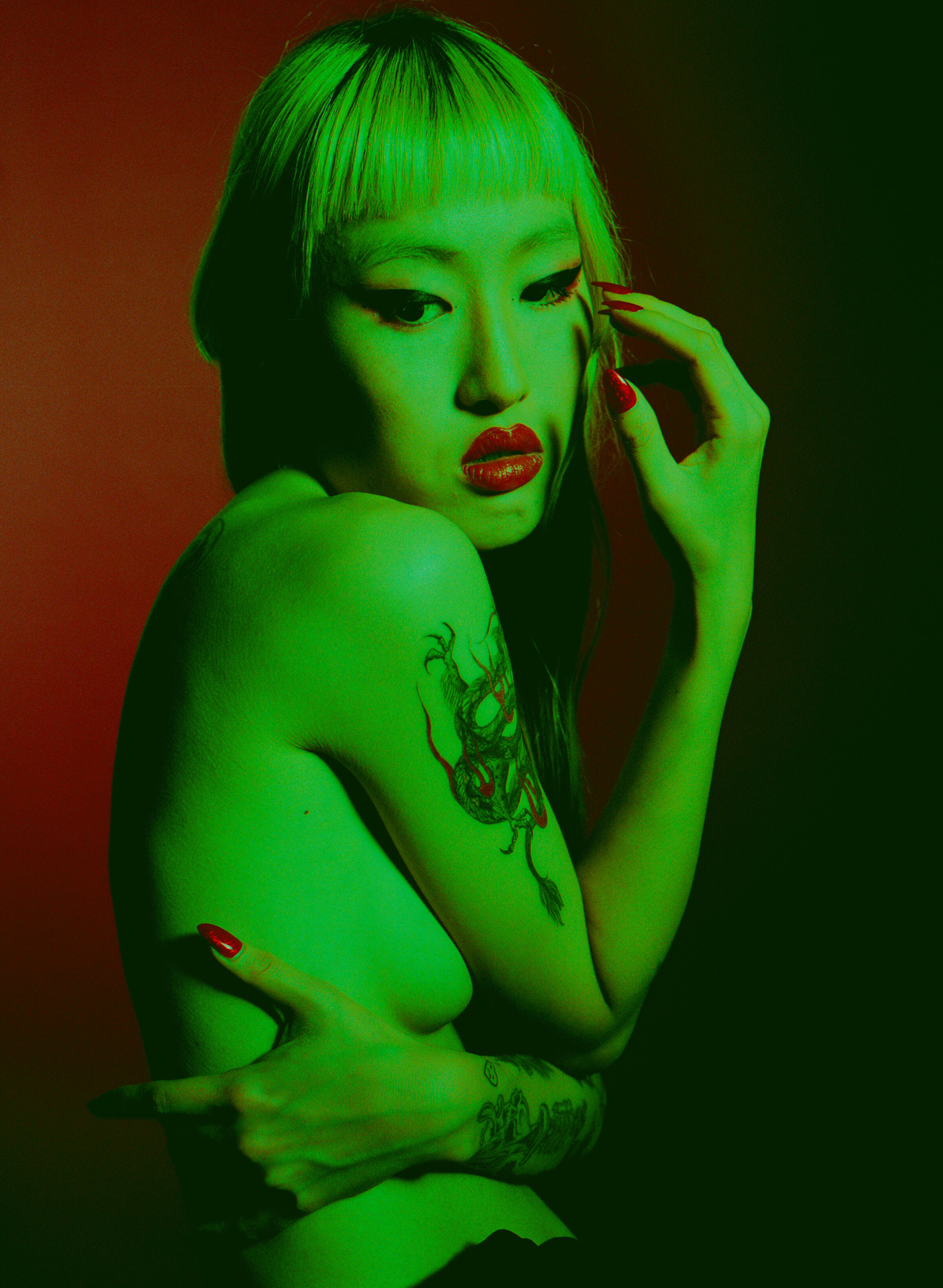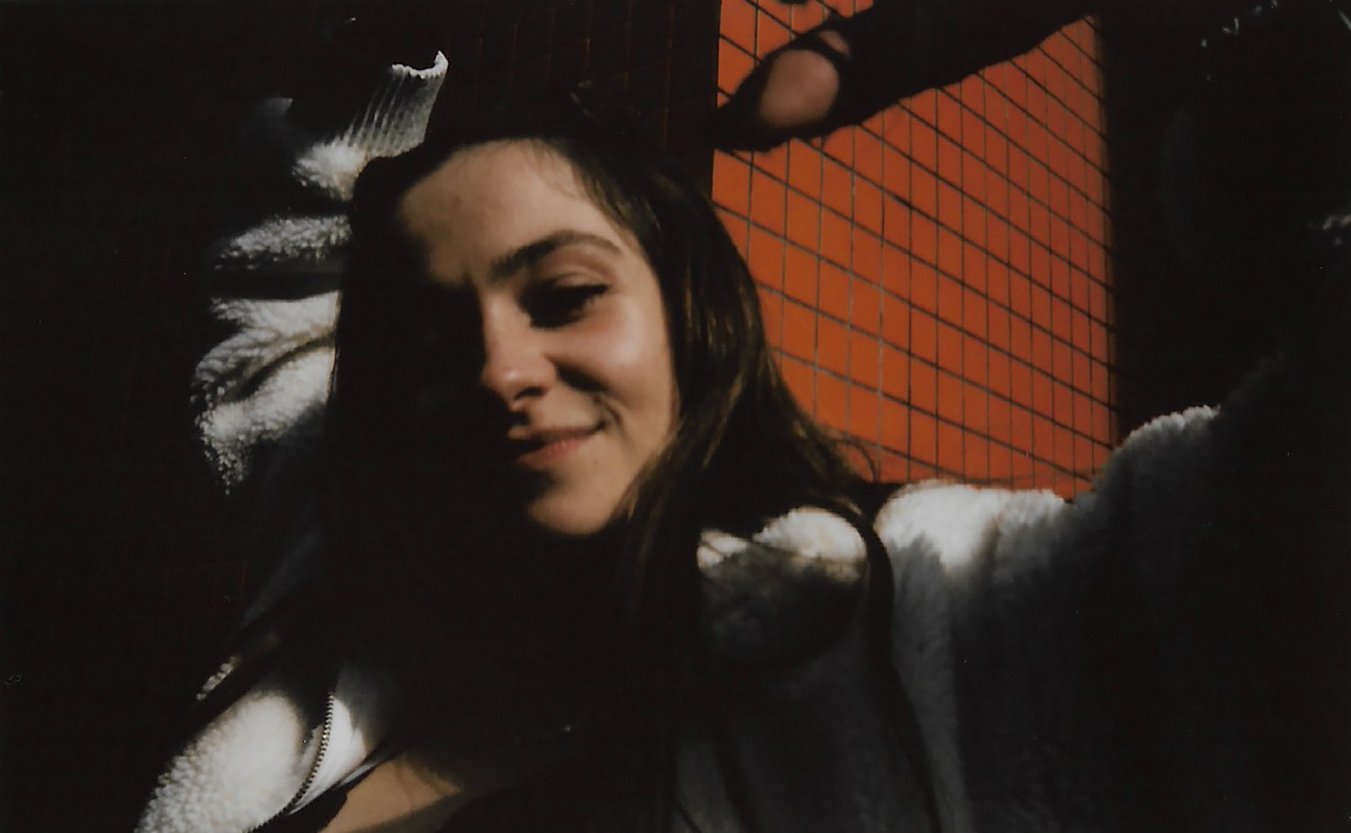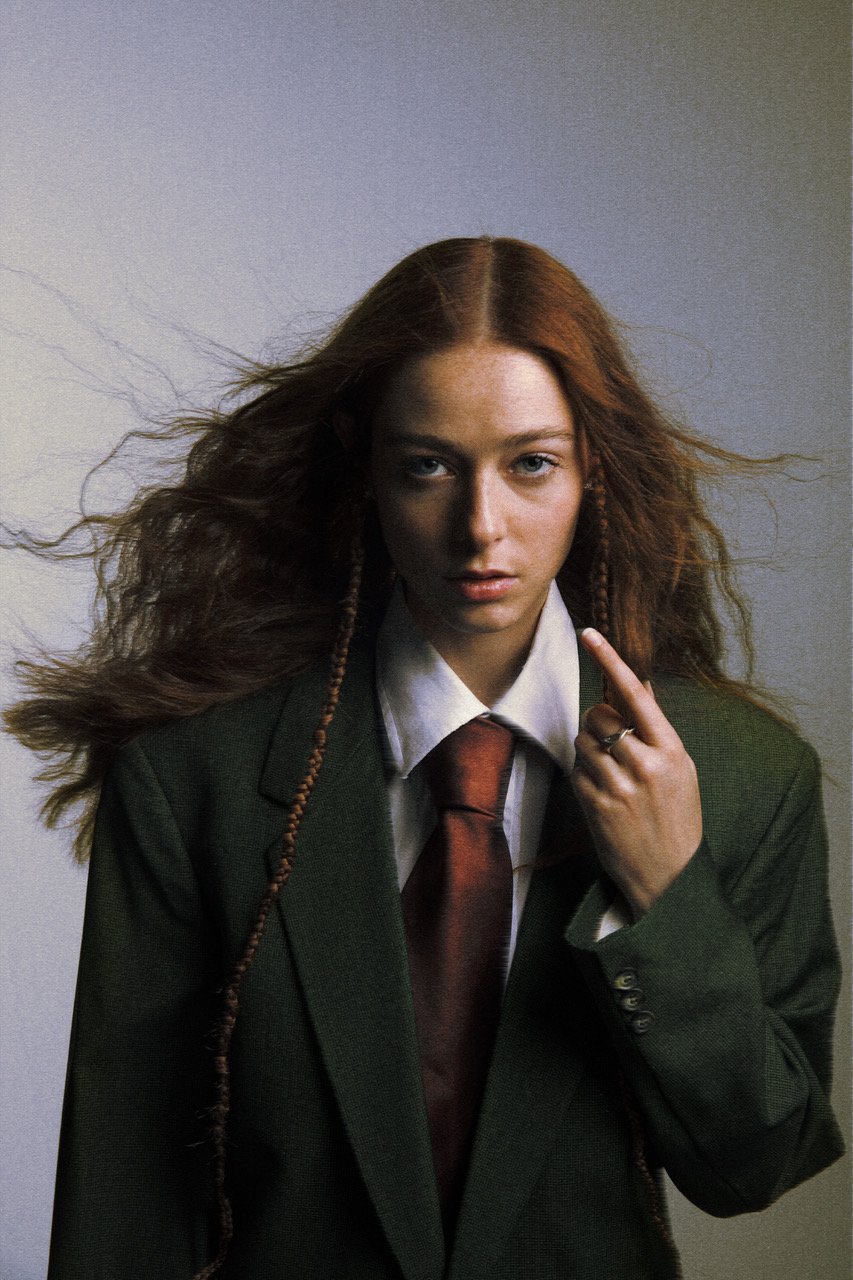KIM HYUNJI
Australia-based Korean artist Kim Hyunji is known for her visceral nude oil portraits. Unafraid of potentially controversial subjects, Kim explores escapism via drug use, selfie culture and gender and racial discrimination in the Australian art industry through her larger than life self portraits and paintings of friends and colleagues. Photographer Aaron VIII shot his own interpretation of Kim’s approach with these raw and intimate film portraits.
How has this strange year of isolation affected your work and headspace. What are you working on as things (hopefully) begin to return to normal?
A couple of years ago, I realised that I rely on my friends to fill my loneliness. Last year, I moved to Sydney and practiced isolation and made a habit of reading, cooking, and learning new mediums for art. Humans are social creatures and we need each other, but sometimes we tend to avoid our own problems by socialising. I think it’s important to make time and space to isolate ourselves for self-reflection and learn how to spend time with ourselves. So honestly, the current isolation situation doesn’t affect me too much. Plus, the painting process is all about isolation, it lacks social interaction. Although, the pandemic has currently affected my possibility of going back to Australia where I have lived and worked for the past 7 years.
I’m back in my mother country, Korea, where I’ve been recovering from my recent exhibition earlier this year, spending most of my time with family, putting efforts to be reconnected with them. I’ve been resting and taking care of my body and mental health with my family’s support. I have been spending time reflecting on some of my old projects, which I can bring into my new paintings. I have also started researching and brainstorming for new projects, and been making plans to release the body painting project I’ve been working on.
My isolation will be different from my friends’ situation back in Australia, but I’ve been spending this time to recharge while preparing for my next steps, and to reconnect with my family and myself. I needed some time like this and I’ve been grateful.
Your art challenges the typical ideals of beauty, depicting a range of subjects of different ethnicity, gender and body shapes. Why is this important?
In my art, I've been consciously collaborating with a diverse spectrum of people and gender identities in an attempt to move away from the traditional representations of the body type, that still remains as the dominant ideal of both Western and Asian aesthetics. I wanted to promote diversity — in ethnicity and shape subverting ideas of the white body that dominates representation in the media. I’ve also been modelling for brands and designers to promote more diversity in looks, and to encourage more creative freedom for the designers who wanted to challenge the idea of what ‘beauty’ is. I also wanted to show that anyone can be a model, and that the gap between the vast majority of people and models can be closed through my own modelling collaborations.
You are well known for your nude portraits. Do you see nudity in art as being inherently sexual?
I think what makes nudes sexual is the practiced perspective given by the patriarchal society. I grew up surrounded by my mum and grandparent’s art books that typically have nude painting images. When I was 8, boys at school who were learning art from my mom teased me for having lots of nude books at home. I questioned the teasing, the perspective that made nudity sexual to my young peers, and if I should be ashamed for having those art books at home. I think my practice to be free from male gaze started from there (as I was low-key embarrassed but didn’t want to be).
In recent years, I’ve gained the courage to paint nude self-portrait and to display it. I started to practice more nude portraits of models, to point out gender discrimination and our perception of nudity, which is profoundly affected by the male gaze. I've been encouraging models to curate their own poses, to challenge the single-minded patriarchal ideas of the body, as an attempt to defy the long-lasting tradition of nude works created and defined by male artists.
I’m sick of typical, glamorous nudes. I’m sick of female body being still perceived as a sex symbol. I’m sick of looking at certain types of body being promoted by the media. I’m sick of my female friends and myself being stressed over not being fitted in to that body type. I’m sick of this culture that made us negatively self-conscious about our bodies, which impedes us from being the owner of our own bodies. So, I’m painting nudes. We were all born nude anyway.
You have not been afraid to talk openly about gender and racial discrimination within the Australian art scene. What needs to be done and how can we make this happen?
We need the will to change first. (Referencing Bell Hooks, ha.) The will to acknowledge our privilege, the will to reflect ourselves and give up on our ego. The will to practice empathy, which will be possible only for the people who have high self-esteem, by practicing self-love in positive ways and who don’t need to devalue others to feel self-worth.
You grew up in Korea and have been based in Australia for 7 years now. How has living in both countries influenced your work, and do you feel there are particular issues or challenges unique to each place in comparison?
Since I moved to Australia I realised that the difference in perspectives is enormous by the cultural context each country has. I felt like an observer while I was living in Australia who could see lots of cultural aspects in more of a third-person perspective. That led me to practice to become more open minded, and helped me openly deal with various subject matters that can be quite confronting for some in my art.
I graduated university and started my career in Australia. When I was studying I started to do more portraits influenced by the multi-racial aspect of Australia which is the opposite of Korea, a single-race country. In South Korea, we have a standard of beauty that has been heavily influenced by white beauty standards and western media.
According to the International Society of Aesthetic Plastic Surgeons reports, 20 percent of Korean women have had cosmetic work done, and you can probably imagine the pressure Korean females deal with to fit into the beauty standards in this misogynic country. I was interested in how the common beauty standard affects the mental well-being and psychological states of individuals living in contemporary times and how significant could the impact be. That led me to do more portraits to contribute to normalising the diverse range of looks and appearances in the media.
Where do you find your inspiration? Are there any artists you admire?
I find inspiration from my daily life, my thoughts and things I’ve observed. It’s so hard to be original in contemporary art, as we are all influenced by each other — artists that already existed and died, and the cultural context we are living in. So I tend to avoid finding inspiration from other artists, though I have many many artists I appreciate. I especially love Jenny Saville. I admire her work because of the originality and authenticity in her technique and subject matter. Her portrayal of the feminine figure is a reevaluation of the role of female bodies in traditional painting throughout history of art, pushing away from objectification and the male gaze.
Kusama Yayoi is another inspirational artist to me. I recently watched a documentary about her and learnt about the harsh racism and gender discrimination she experienced in the New York art scene during the mid-20th century. Apart from her well-known dot paintings, she created avant-garde works across various mediums with authenticity and without compromise, and inspired other artists from the same era. She still makes work to this day, at the age of 90.
I also love Egon Schiele, Lucien Freud, Muntean and Rosenblum, Elizabeth Peyton, and my mum and grandma’s paintings.
What is it about oil that you prefer as a medium? Which other mediums do you enjoy working with, or intend to explore?
I feel like oil is more flexible compared to other painting mediums. Acrylic dries fast, and I feel there’s no room for mistakes allowed for watercolor and gouache. I like how I can layer and layer the oil paints and totally cover up and go in different directions, and that it has more time to change the details til the paint dries and after. I think everyone has different mediums that work for them as an artist, and for me, oil is the one.
I also use pencil, charcoal, pastel, Chinese ink for drawings, and I do take photographs for the image references for my paintings.
Recently, I’ve been practicing body painting and makeup. I was interested in merging different mediums like painting and photography, and pushing the possibilities of perception, breaking the boundaries between different industries. It’s really challenging as these canvases can think and feel and there’s limited time to finish works. Since physical contact is unavoidable for makeup, the current pandemic has affected my ability to continue the project but I’m looking forward to getting back to it.
You are quite heavily tattooed, tell me about some of the artists you have chosen to adorn your body
I usually choose tattooists based on the authenticity in their own styles, and those who have passion for art. For me, getting a tattoo is like buying art, supporting other creatives and owning a piece of art on my body. I think it’s natural to have more demands for tattoos compared to any other contemporary artforms, as the storage space & price is more affordable — all it takes is your skin. I usually choose artworks from artists’ flash sheets or drawings, or commission them if I find a subject that suits their style. Even though I have quite a lot of tattoos, I don’t really imply much meaning on them, though I can’t deny that it will change the other’s impression of me. I have a couple of tattoos that I regret, but I see that decision of my past self as part of me that I will live with, and that I will remember.
What are your own feelings on this shoot?
I think 80% of what makes a good shoot is about the photographer’s ability and their perspective, and their intentions. I was just there being me, with my makeup, my clothes, and my body. I guess empowerment is about the freedom to be yourself. Thank you for the lovely photos, Aaron.
You can see more of Kim’s work here
Photography & words: Aaron VIII
Film Processing: Rewind Photo Labs


















